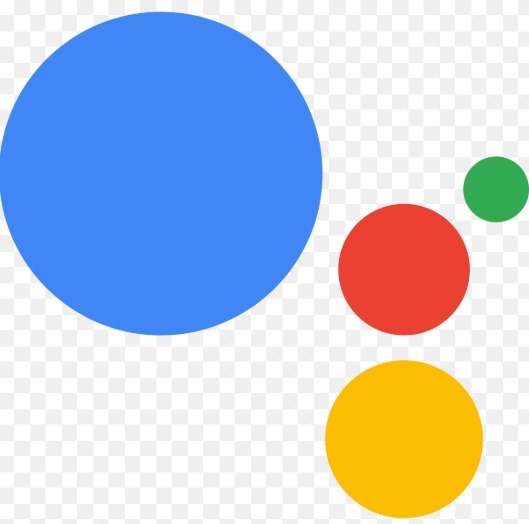
As impressive growth in the conversational AI market has been widely reported alongside even more impressive projections, the most visible and sophisticated products in that market have been virtual assistants. The technology which underpins Google Assistant, Amazon’s Alexa and various others is limited by its reliance on machine learning, and the technological leaps required for truly ‘conversational’ non-human interactions remain far in the future.
The machine learning technology in virtual assistants also underpins customer service chatbots used in sectors as diverse as personal banking, legal services and online retail. These chatbots will lead market growth in the near future, but involve narrow use cases, making them unlikely to be the source of major breakthroughs in the underlying technology.
The market for conversational AI products is steaming ahead, trailing a great deal of hype around technological advancements. The market can broadly be divided into two products: virtual assistants, which allow users to control mobile devices and technology in their homes with voice commands; and chatbots, which allow B2C and B2B interaction through written and voice commands. The explicit goal of personal assistants for manufacturers is to make interactions with technology as intelligent and ‘human-like’ as possible. In practice this means that conversational AI products should understand anything they are told, and that feedback should follow a conversational structure which fully matches users’ expectations of human interactions.
The technology which currently underpins both virtual assistants and chatbots actually constitutes an obstacle to this ideal, which will require some major breakthroughs. Interactions with users follow predefined scripts, and assistants generate responses based on machine learning. In other words, they calculate what should come next in an exchange based on statistical analysis of thousands of pre-learned examples. This is at odds with the truly spontaneous, conversational effect sought after by optimistic manufacturers, and can in fact have serious repercussions in contexts like healthcare.
However, the key growth areas for conversational AI products appear not to incentivize companies to pursue major breakthroughs. A multitude of chatbot companies are continually finding new niches and USPs for machine learning technology where technological leaps are simply not required to meet their clients’ needs. As opposed to virtual assistants in the home, which aim to fulfil a huge range of tasks in ongoing interactions with users, specialized chatbots tend not to be hampered by narrow repertoires. Furthermore, the diversity of the chatbot competition arguably promises greater market penetration and more sustained growth than the highly consolidated market for virtual assistants.
For more information please visit: https://advantage.marketline.com/Analysis/ViewasPDF/conversational-ai-google-and-amazon-held-back-by-chat-bots-better-technology-is-lacking-82532

